

Calling all dog parents! Let’s start with some burning questions: Are you a newbie owner? Is your pooch packing on a few extra pounds? Are they bored? Or treating your loafers like chew toys?
One word: EXERCISE. It’s vital for a healthy, non-problem-child pooch. (And it can be good for your BMI, too!)
Your dog’s breed and age are the two factors that determine how much exercise they need. Check out these tips to be sure your pooch is getting the right amount of physical activity every day.
Your dog’s breed group helps determine their exercise needs.
Sporting group dogs are energetic, natural athletes who should get approximately 90 minutes of high-intensity exercise. They enjoy long, brisk walks, hikes in the woods, swimming and playing fetch.
Examples: Retrievers, pointers, setters and spaniels
Blue-collar pooches in the working group are happiest when they have a job to do. They need about one to two hours of fun, pant-inducing activity every day. Take them for long walks or hikes, or create a homemade agility course in your backyard.
Examples: Boxers, Alaskan malamutes, Rottweilers and Siberian huskies
Sixty to 90 minutes of vigorous exercise and play daily? That’s what most high-IQ, high-energy herding group dogs need. You can’t go wrong with activities that challenge them physically and mentally, like long power walks and fun games like fetch, chase and Frisbee.
Examples: Shepherds, collies and sheepdogs
Sight hound dogs need roughly 30 minutes of regular exercise, and scent hound dogs should get about one hour of intense exercise. Take sight hounds on walks or have them do a couple of sprint workouts each week. Scent hounds need longer periods of vigorous activity and love hiking, jogging or playing tracking games in the woods. (Shocking, we know.)
Examples: Afghan hounds, greyhounds, whippets, beagles, bloodhounds and basset hounds
Short-legged terrier group breeds need about 30 minutes of exercise every day, while their longer-legged counterparts need one hour or more. Ideal exercises include fast-paced walks, hikes in the forest and chasing their favorite squeaky ball in the backyard or park.
Examples: Jack Russell terriers, West Highland white terriers (Westies), Yorkshire terriers (Yorkies) and schnauzers
Most petite pups in the toy group are lap dogs, but they should still get approximately 30 to 60 minutes of moderate exercise — they tend to get too husky when they don’t get proper workouts. Plus, toy dogs can really get their hearts pumping in a small area, so consider complementing your daily walks with indoor dog exercise.
Examples: Chihuahuas, Pomeranians and Maltese
here are a ton of different breeds in the nonsporting group, so start with 30 minutes of daily exercise and adjust. Each breed’s exercise needs are unique, and short-nosed dogs, like bulldogs and Shih Tzus, should only have short periods of moderate activity.
Examples: Dalmatians, bulldogs, chow chows and poodles
If you’re the proud parent of a mutt who’s mushed your heart, just follow the exercise suggestions for the most dominant breed or two. (Or ask your vet!)
When figuring out how to exercise with your dog, consider your dog’s age. Each stage has unique exercise requirements.
Puppies are balls of energy that do best with short bursts of exercise. (Think zoomies in the backyard.) The best activities are short, easy walks, a few play sessions throughout the day and, of course, obedience training. Avoid long walks and running because they can be too hard on your pup’s growing bones and joints.
Healthy adult dogs can do just about anything! Whether it’s walking, running, hiking, swimming, or playing tug-of-war or fetch, they’ll be getting the exercise they need to stay healthy and happy — plus they’ll enjoy spending time with you.
Although your senior dog might move at a slightly slower pace than before, they still need exercise and playtime. You may want to shorten walks and fetch time, though, and do other low-impact activities like learning new tricks.
Finally, make sure your dog is properly fueled for their next workout. Feed them high-quality, nutritionally balanced IAMS™ food that’s tailored for their unique size and life stage.
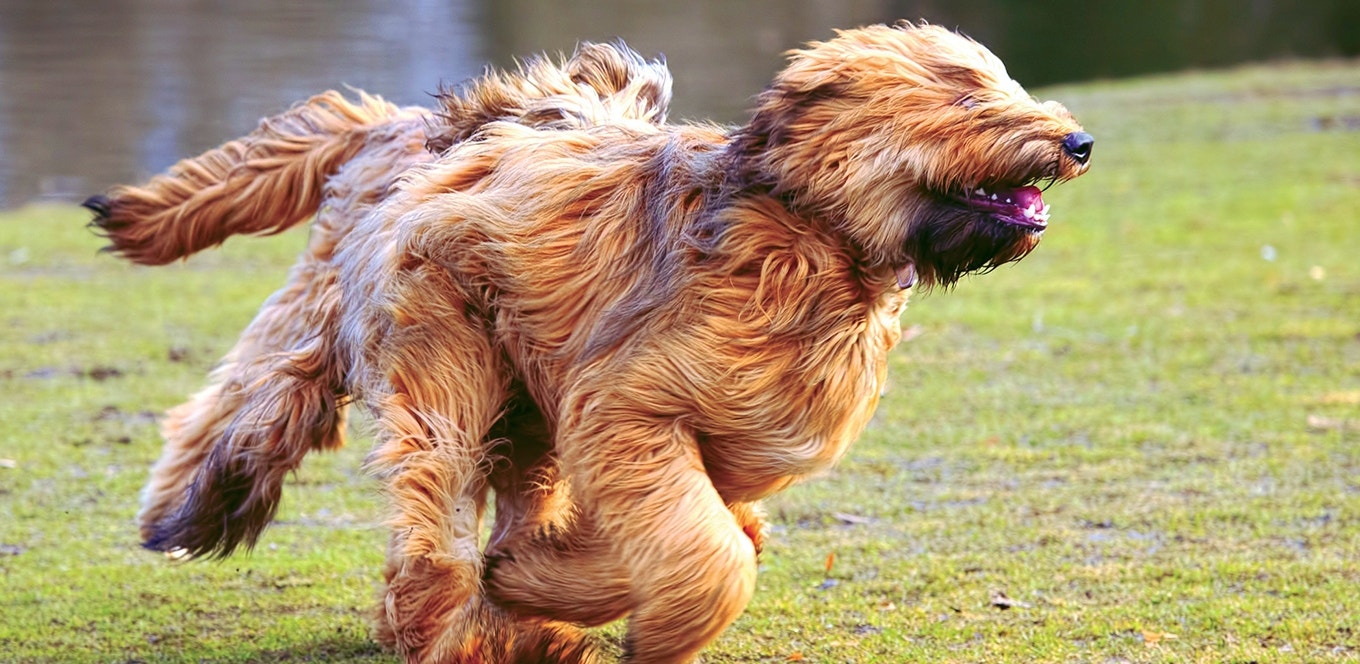
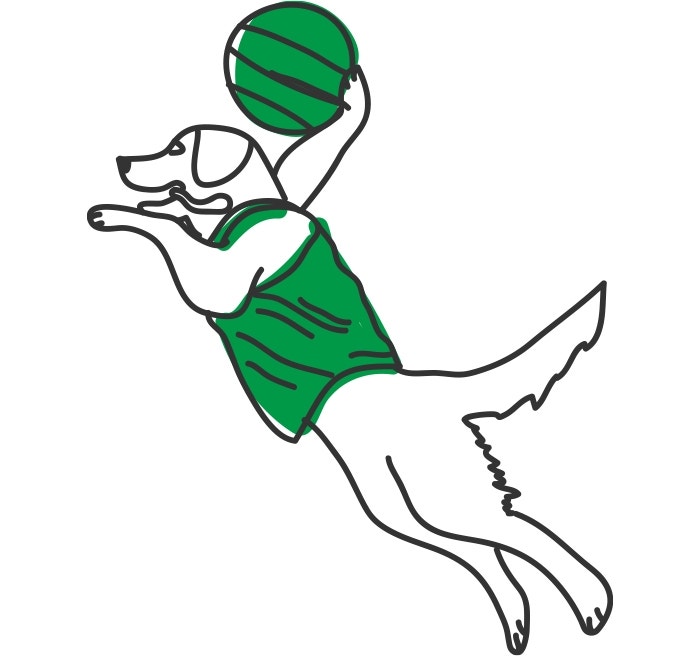
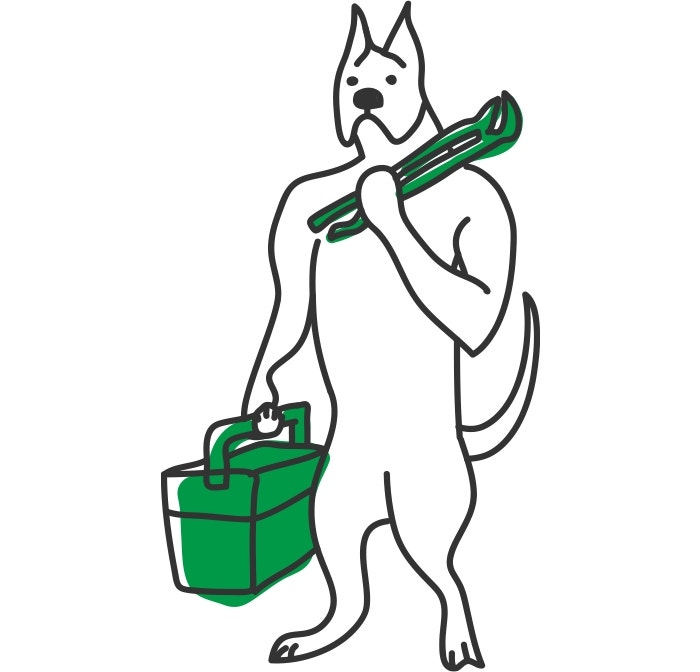
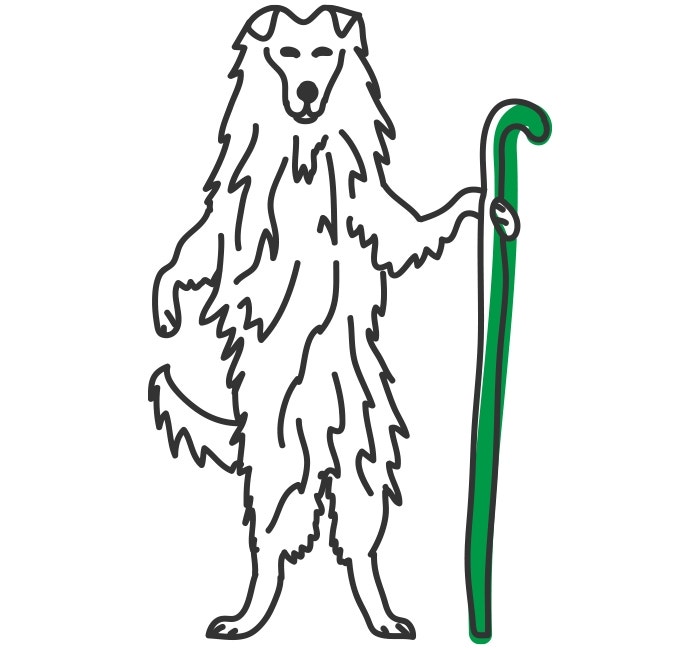
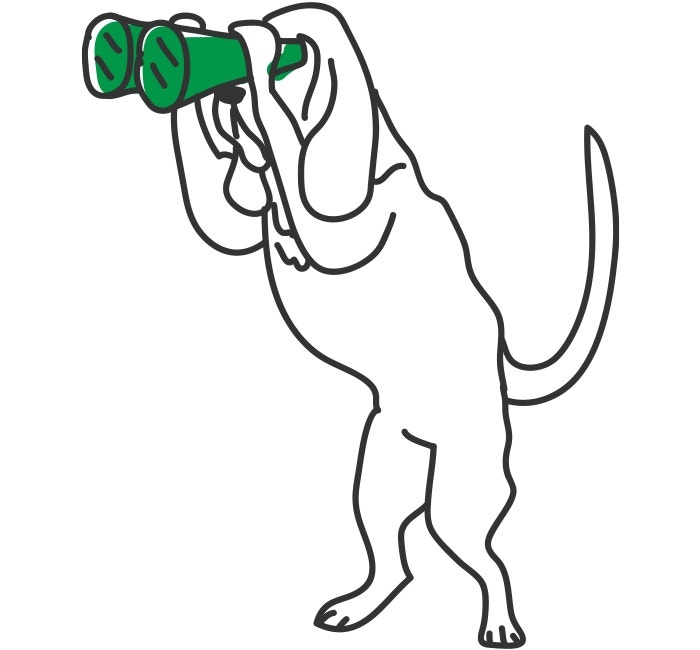
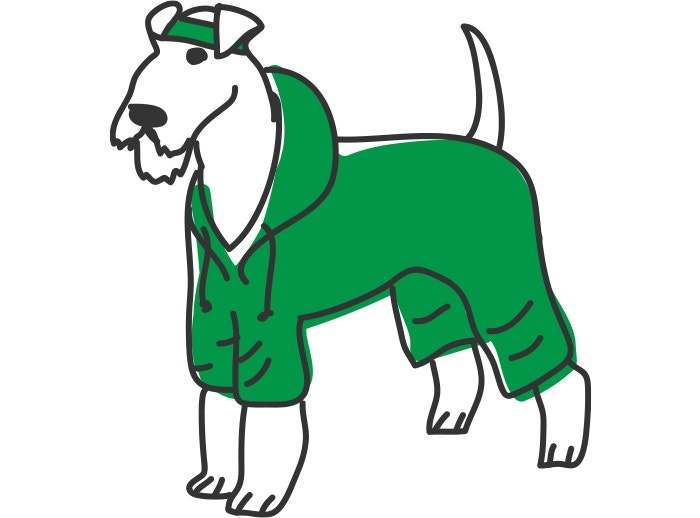
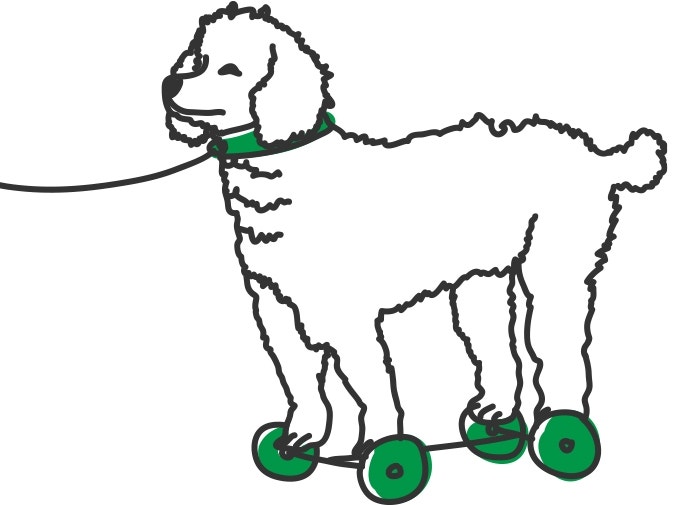
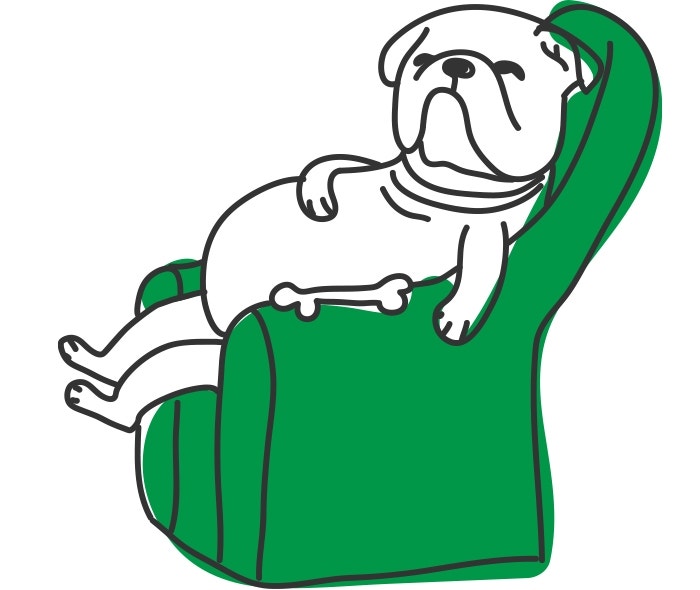

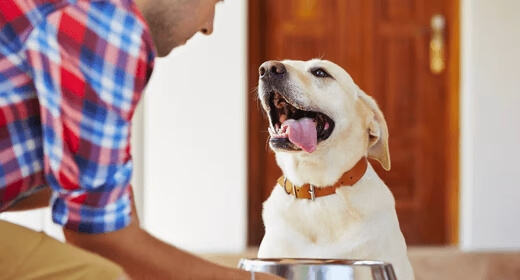
As a pet parent, do you find yourself wondering how long does dog food last? If so, you’re not alone! In this blog, we will take you through everything you need to know about dog food expiry.
Dogs require a balanced meal every day. As a pet owner, you can choose between dry and wet foods. Dry dog food usually resembles a biscuit or kibble. On the other hand, wet dog food combines meat products or other protein sources with a gravy that incorporates grains, minerals, and vitamins. Whatever your dog finds palatable, make sure their nutritional requirements are met.
Diets that are high in protein are good for dogs. A significant source of energy is found in dietary fats, which are either derived from plant seed oils or animal fats. They offer essential fatty acids, like omega-3s, that are necessary to preserve the health of your dog's skin and coat. Additionally, carbohydrates support your pet's digestive health and provide energy for them to continue with their regular activities.
While it is important to focus on your pet’s daily nutritional intake, you should also make sure that the food packets are still fresh. Serving expired dog food will deprive your canine companion of the key vitamins and minerals they need to keep healthy. Hence, it is important to examine the labels and expiration dates before making a purchase.
The amount of time a product is useable and suitable for consumption is referred to as its shelf life. In contrast, expiry date is the last day that a perishable product, like food, will be at its highest quality.
If you are wondering does dog food expire, the answer is a yes. In fact, the contents and types of preservatives used do affect the shelf life of a food item. So, to guarantee your dog's safety, pet food producers set expiration or best by dates. Unopened canned foods have a shelf life of two years from the date of manufacturing, whereas unopened dry pet foods typically have a shelf life of 12 to 18 months. Plan to open and use the dog food before the expiration date. You can usually find this date on the bottom of the can containing dog food.
Now that you know dog food expires, let’s examine the effects of serving expired food to your pet:
After consuming spoiled food, dogs generally exhibit the same gastrointestinal symptoms as people do. These symptoms could include vomiting, diarrhea, and passing wind. Spoiled foods can also contain bacteria that can disturb the equilibrium in the gut and intestines, causing the body to excrete more fluids in an effort to wash them out. What’s more is that moldy dog food can contain mycotoxins like vomitoxin, which can cause serious gastrointestinal disorders.
Dogs can become paralyzed from botulism. It is a rare condition occurring when canines consume contaminated food. The poison gets absorbed in the intestines and passes into the bloodstream, thus paralyzing dogs.
Another consequence of feeding your pet spoiled dog food is malnutrition. Before turning moldy, spoiled foods usually lose their vitamin and mineral value. This suggests that even if the food doesn't upset your dog's stomach, it is still not giving your pet what they require. Your dog may become lethargic if daily nutritional demands aren't met. This can eventually result in bone issues and organ failure, if not recognized as early as possible.
Even if you have a food item that is still within its best by date, improper storage could lead to early contamination and food degradation. Here are some steps you must take to prolong the shelf life and maintain food quality:
Purchasing multiple boxes of treats may save you from making repeat visits to the shop. However, keeping so much stock might increase the likelihood that your dog's food goes bad before it gets completely consumed. Therefore, shop frequently if you don’t want your dog’s food to expire.
The shelf life of fresh, wet items can be increased by keeping them in the freezer. Any unopened canned food should be sealed with plastic wrap and stored in the refrigerator.
Use chip clips to seal the food bags and keep moisture out. You could also store your pet’s food in its original packaging and stack it in a cool, dry place with little exposure to heat and light. Avoid keeping dry dog food open.
Dog food that has expired needs to be tossed out right away. There are also waste management facilities that compost used pet food.
If you're looking for the perfect dog for you, try our Dog Breed Selector today and enjoy a lifetime of tail-wagging joy.